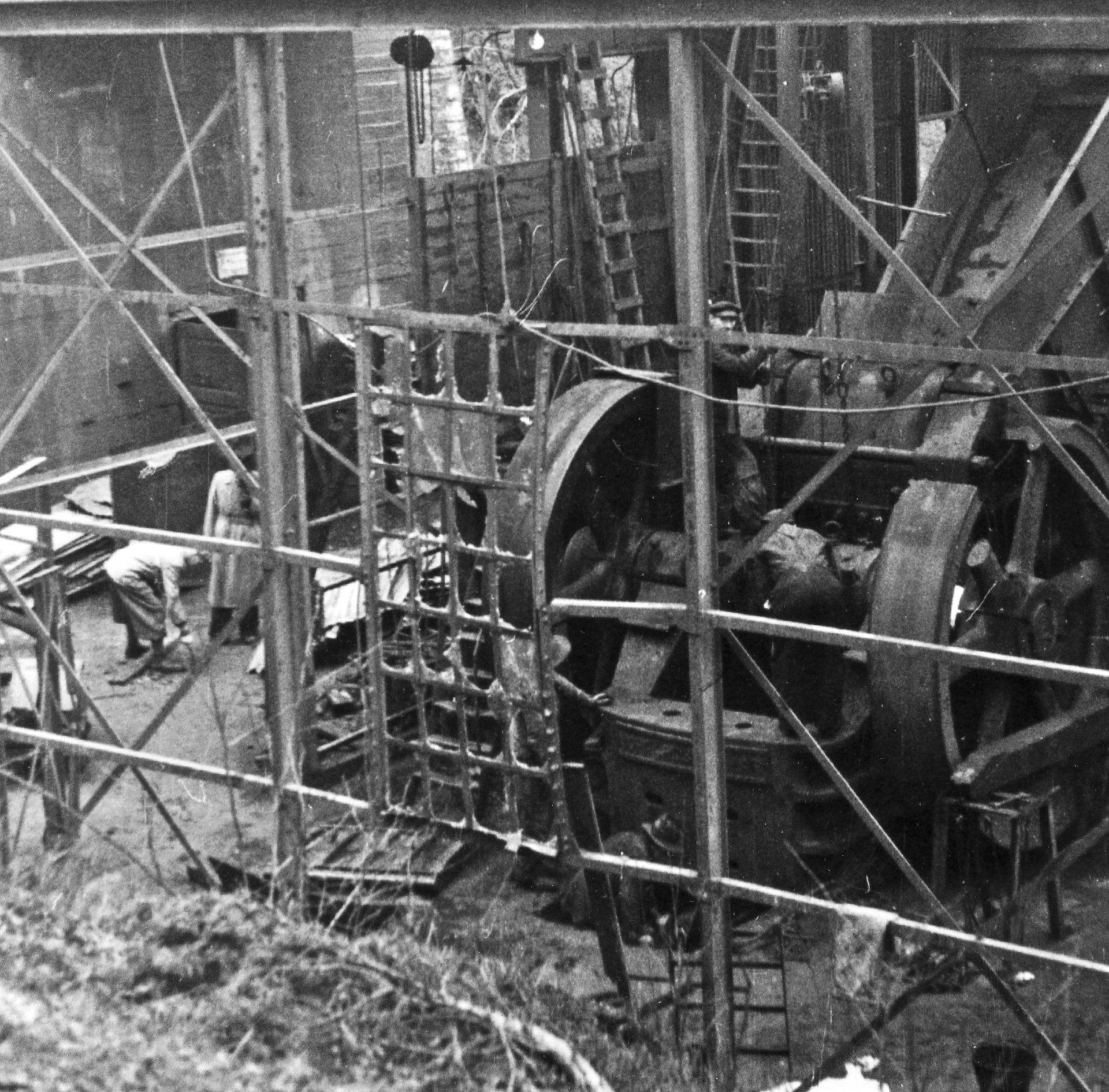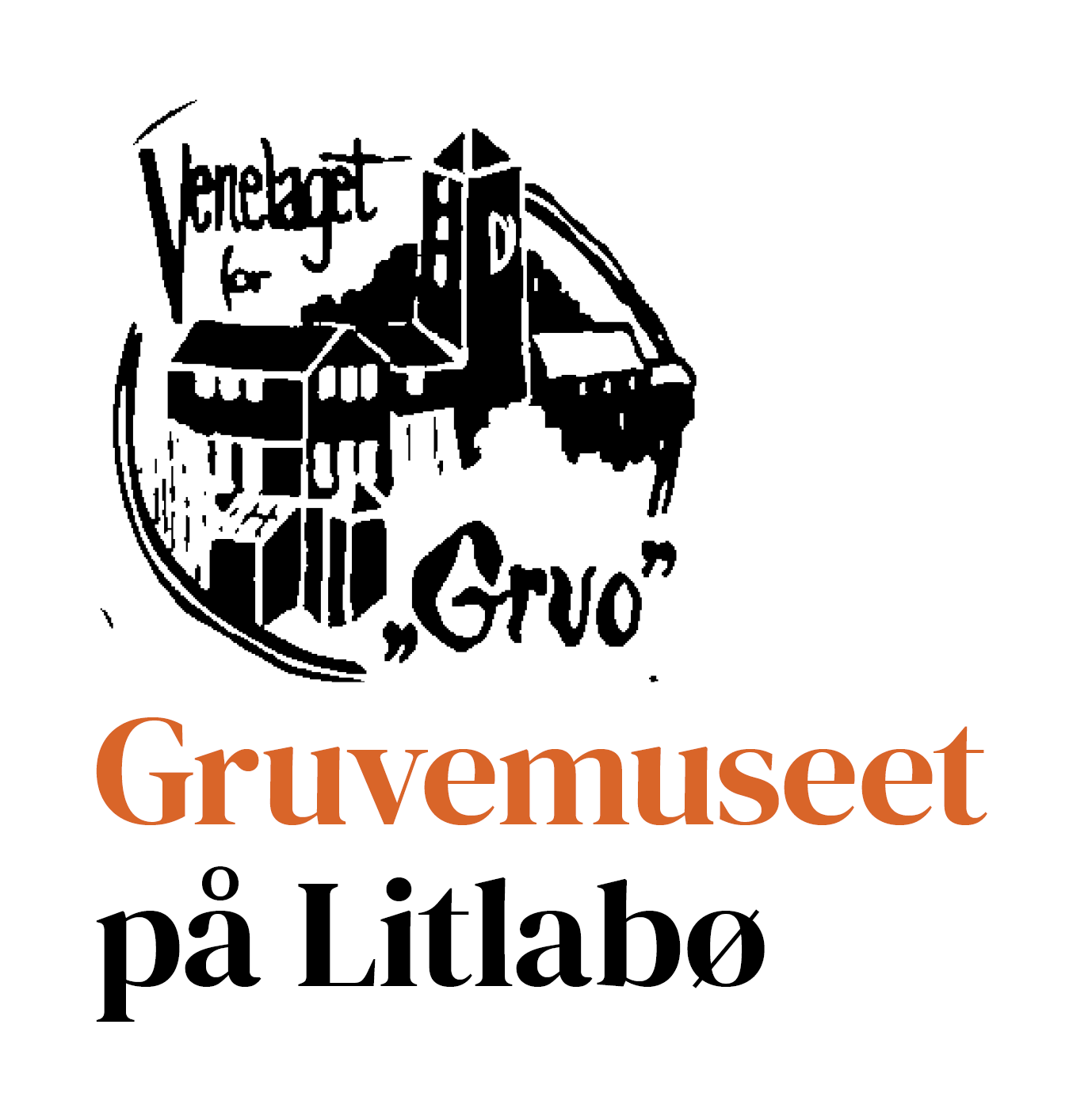Raid on Litlabø
The Germans had ownership interests in the production of pyrite from the mines at Litlabø. They needed Pyrite in the arms industry.
There were ore transport boats by the quay at Grunnavågen and loaded the ore which was delivered by railway carriages down to the quay. Due to this, there were strict German guards down on Kiskaia.
The English wanted to prevent the Germans from getting hold of this Pyrite, so they contacted people from Stord who had come to England to take part in the resistance work. This raid was very carefully planned. On the night of January 24, 1942, seven motor torpedo boats left England on a course for Stord.
On board the boats were both Norwegian and English marines. They were only allowed to speak English, because if they spoke Norwegian so that the Germans heard it, hostilities could be launched against the local community here.
One boat went to Jensanes and one went to Kiskaia. The other boats went to other places in the fjord to confuse the Germans. At Tittelsnes shots were fired. The soldiers who were put ashore were commando soldiers who were experts in lightning attacks. There were about 35 people. They carried heavy backpacks with explosives. When they came ashore on Grunnavågen, they came into conflict with the German guards and shots were fired. One German soldier was killed and another was seriously injured. The soldier that was injured was carried by the English into a house in Sagvåg.
It is about 3 km from Sagvåg to Litlabø mines. The soldiers ran all the way and they came as a complete surprise to the workers who were present at the new elevator that went down into the mine. The reason some workers were there that night was that they had to fine-tune the new elevator. It was said that it was the best mining elevator in Europe. The workers were told to warn people in the neighborhood that there would be an attack in the area, so they had to get to a safe city. Some of the soldiers ran on and took down large trees across the road, so that it was closed to cars. Then the Germans who drove from Leirvik would not be able to get there. The whole operation took about three hours. On the way back to the boats, the soldiers ran along the railway line with which the ore was transported. Then they did not have heavy bags to carry so it went quickly. Everyone got on board and among the resistance people this operation was seen as very successful. People in Sagvåg were afraid that the Germans would punish someone here from after this raid, but they did not. Some people were summoned for questioning, but no one was punished. The production of pyrite was stopped for about half a year, but then the Germans had restored the old mining elevator so that it could be used. The English soldiers did not know that it was in fairly good condition.
At Nysæter church, a memorial stone was raised at the 50th anniversary of the raid.

The commando troop that raided the mining facility on January 23, 1943. Gift to the Venelaget for Gruo by Svein Jonassen, who received it from the family of the commando soldier, number two from the left, who lost his life during the raid. Photo: Venelaget for Gruo ©

War damaged facility after the commando raid. Photo: Picture gallery Venelaget for Gruo ©





